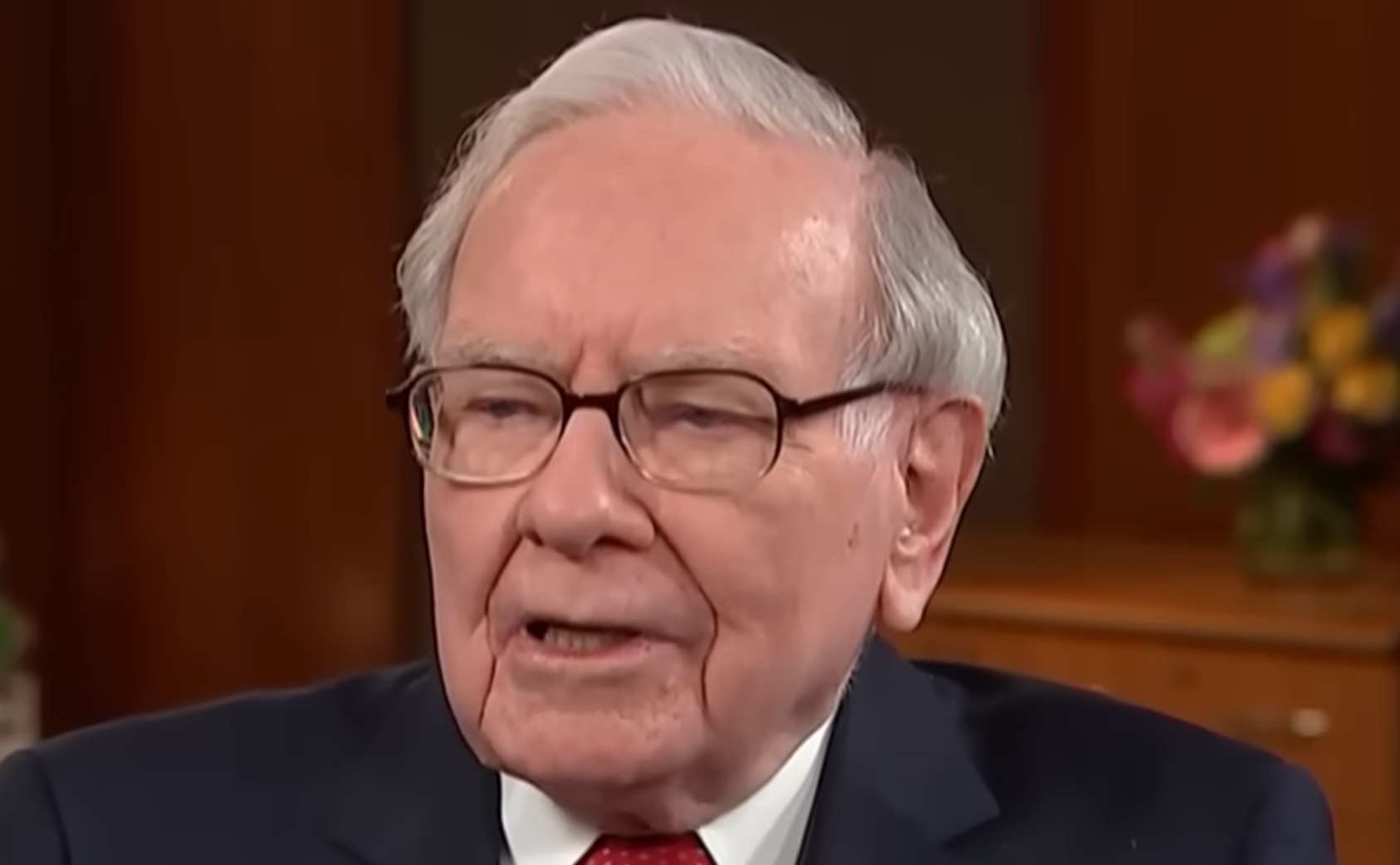Warren Buffett

Youtube
During Berkshire Hathaway’s yearly gatherings, shareholders can engage with CEO Warren Buffett and seek insights on various subjects.
30 billion

Youtube
At the conference in 1999, a participate asked, “Mr. Buffett, how do I make $30 billion?”
Substantial wealth

Youtube
Here are the three essential principles that enabled the 93-year-old to amass a substantial wealth and could benefit regular investors as well.
Begin early

Youtube
Begin early: Buffett’s top recommendation for investors is to commence investing at a young age. He uses a straightforward analogy to illustrate his approach to building wealth. “We started with a little snowball on top of a very tall hill,” he said. “We started at a very early age in rolling the snowball down, and of course, the nature of compound interest is that it behaves like a snowball.”
Buffett’s career

pixabay
Undoubtedly, the duration of Buffett’s career plays a significant role in his vast wealth. He made his first stock purchase at 11 years old and continues to actively invest at 93.
Net worth

pixabay
The majority of his wealth was amassed after he turned 65. In 1999, his net worth stood at $30 billion, but today it has soared to $116 billion, according to Bloomberg.
Expertise

pixabay
Area of expertise: The founder of IBM (NYSE:IBM), Tom Watson Sr., emphasized, “I’m no genius. I’m smart in spots — but I stay around those spots.” That’s the principle Buffett has implemented in his investment approach as well.
Risks

pixabay
Investing carries risks, and Buffett has minimized these risks by investing in industries he comprehends well. His portfolio primarily consists of straightforward consumer businesses and financial companies.
Investors

pixabay
Regular investors can also lower their risk by steering clear of stocks in industries that are overly intricate to assess. It’s advisable to stay within your area of expertise and avoid speculative investments.
Small businesses

pixabay
Emphasize small businesses: Buffett mentioned that if he were to begin anew with $10,000 today, he would prioritize investing in small companies.
Smaller sums

pixabay
He explained that “I probably would be focusing on smaller companies because I would be working with smaller sums, and there’s more chance that something is overlooked in that arena,” he said at the shareholder meeting.
4 million

pixabay
During his early investment years, the billionaire concentrated on extremely small companies categorized as small-caps. For instance, he purchased a modest furniture company in Nebraska in 1983 during its expansion phase into other states. Additionally, he acquired See’s Candies when it was generating just $4 million in annual profits back in 1972.
Overlooked

pixabay
These overlooked small businesses presented significant growth opportunities for Buffett. By purchasing them at lower prices, he could witness their expansion. This trend continues today, as small-cap stocks were approximately 30% cheaper than large-cap stocks in the last quarter of 2023, as reported by BNP Paribas.
Outperformed

Youtube
Historical data from MSCI indicates that small caps have typically outperformed large caps, particularly post-recessions and over extended periods. It is advisable to diversify your investment portfolio by including some small-cap stocks in your watch list.


miyhgtbfto
November 15, 2024 at 10:00 am
Muchas gracias. ?Como puedo iniciar sesion?